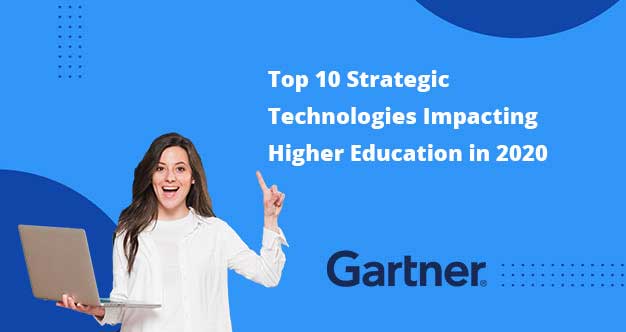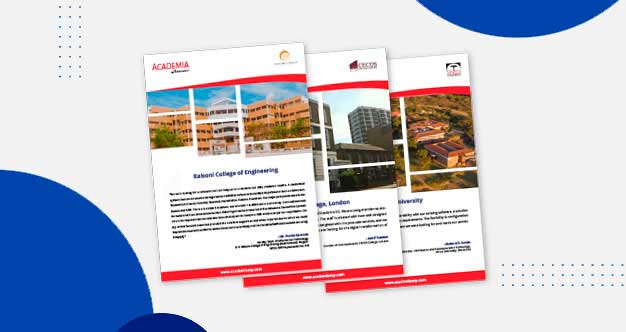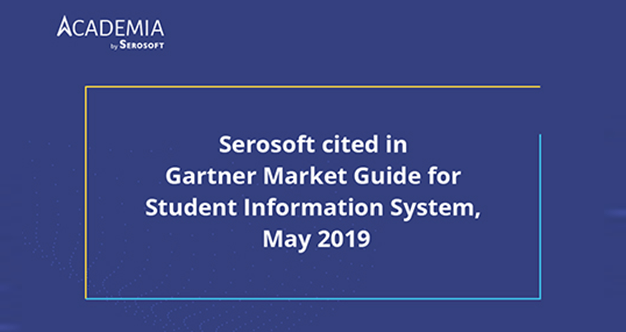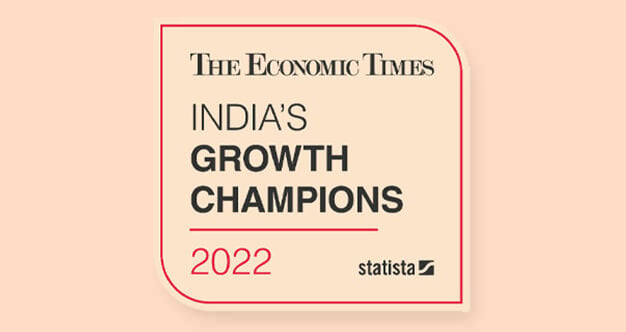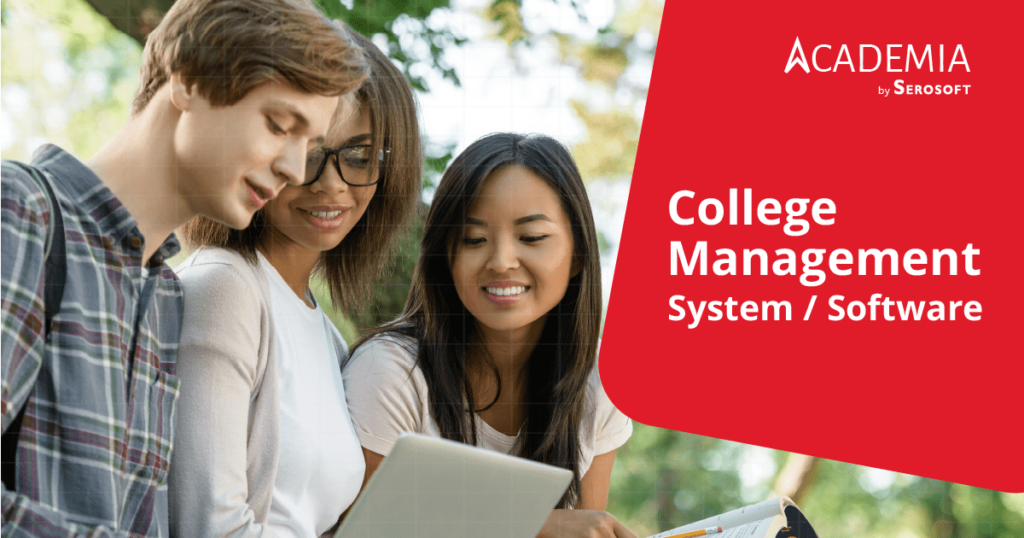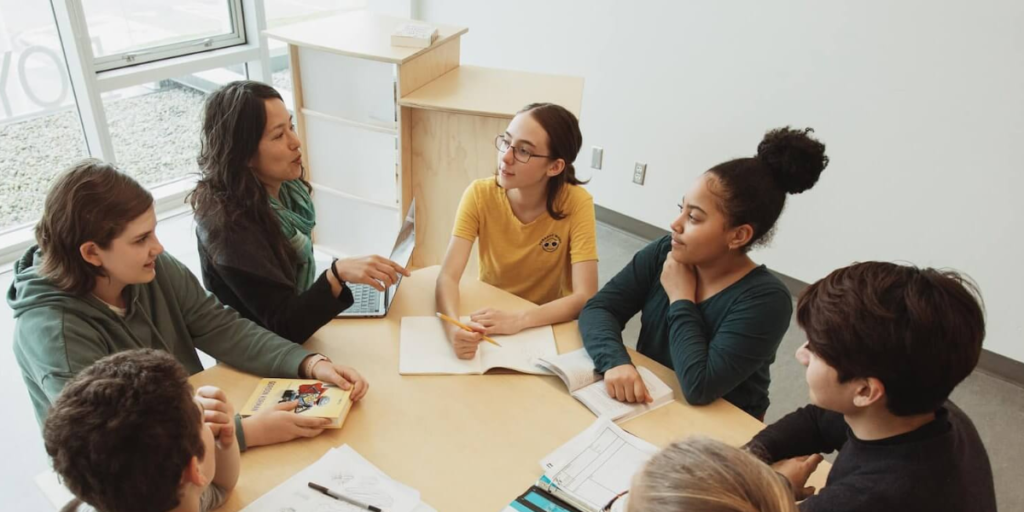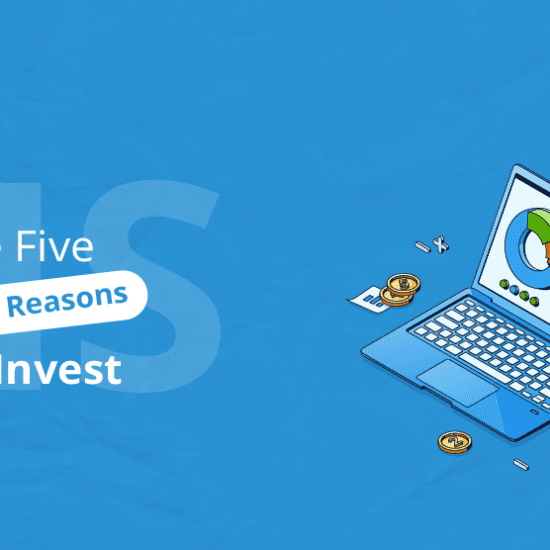5 ways mobile apps can transform education and improve the student experience
Web and mobile applications have been an integral part of our lives. We shop, travel, manage, eat and do a lot of things that are powered directly or indirectly through applications. When it comes to education, the scenario is the same. Today, we have efficient web and mobile apps that allow institutes to go a step further in providing quality education and keep students participating in academic activities.
Although, it is clear by now that technology helps ease things. But when it comes to specifics not everyone can give quantified answers to the questions. Why have a student mobile application? How does it benefit the students and organization? These and many other questions are hard for institutes to answer especially in terms of advantages and disadvantages.
So, here we are – trying to lift the mist from the question of how student mobile applications can serve as a transformative tool. Very specific and to the point, here is how Academia ERP solution for students approaches your institute’s problems concerning the student experience.
What is student experience?
Students are one of the biggest stakeholders of the education domain, and if we are not talking about their 360-degree development and not giving any heed to their cues on whether they are connecting with your institutional activities, you may very soon lose out to your competitors.
By definition, student experience means 360-degree development of students not only in academic aspects but in terms of social, emotional, and intellectual growth. Institutes started redefining and refining the cultural, political, sporting, and artistic interests of students and pursuing ways in which technology can ease things for them.
Why apps for student experience transformation?
The education industry is one of the oldest industries in the world. However, when it comes to tech adaptation the industry has shown slow progress. Today, when complex industries such as manufacturing and logistics are thriving due to technological innovations, the education industry is just beginning to scratch the surface. Hence the challenges that were holding the industry several years back are still holding it.
It was only after covid-19 that technology became a dire need for the education industry and it agreed to change its traditional working. Today, technology is making education cheaper for students. It is ensuring everyone can access knowledge and resources well and students can participate in their development.
Collaborations in various communities such as students, faculty, staff, and administrators have improved drastically. Mobile applications for education are engaging students better because of their vividity and ease. Furthermore, globally internet is being made available to people irrespective of their financial stature. It is a relatively cheap resource and almost everyone around the world is enjoying better connectivity than what was around 10 years ago.
The market shows a positive trend toward tech adaptation. Be it online learning, digitalization of the infrastructure, digitally managing resources and stakeholders, or more, everything indicates an inevitable digital transformation. All these indicators tell us that mobile apps and other education technologies are here to transform how students perceive education.
How do mobile apps improve the student experience?
- Ease of access
Access is one of the most underrated terms by far which is associated with technology. People don’t really pay heed to the ease it brings to people’s lives, let alone that of students. It is an undeniable fact that knowledge access is a privilege for a certain class of society. Especially the third-world countries where educating the population is a challenge.
“More than 72 million children of primary education age are not in school and 759 million adults are illiterate and do not have the awareness necessary to improve both their living conditions and those of their children.”
Using mobile applications and digital devices you can turn the situation around. You have an opportunity to share the knowledge resources with a larger group. It is relatively cheaper and provides ease of access irrespective of time and place.
- Create student groups and improve engagement
The three primary C’s that you have to focus on the most at your institute – Communication, Community, and Collaboration can be easily achieved through a mobile application.
Academia ERP / SIS solution is a central student information database that can be collaboratively used by many departments in your organization. It helps you align better strategies for improved decision-making.
With a centrally-located database, you can access information about students such as demographic details, their weaknesses, their strengths, their achievements, and other aspects. This information can be further utilized to create well-balanced groups of students that help each other in achieving better academic and non-academic group or individual goals. It also increases the integrity and communication between the students and creates a well-balanced cultural and social environment for them to thrive.
Communication tools and platforms such as social networks, forums, committees, discussion spaces, chats, and push notifications, are all great tools to keep the integrity alive in your education institute and healthy exchange of ideas giving birth to innovation.
- Real-time tracking
Student mobile applications come up with a bundle of features that are a catalyst in improving student participation in academic and non-academic activities. On the same lines, having correct information is very important. With students being able to stay connected with the management, faculty, and classmates through mobile applications it becomes very easy for them to track any information about timetables, exams, news, events, transport, attendance, and other activities. This feature alone would help you improve the participation rate in various activities.
- Seamless learning
The learning experience becomes more centrally aligned to students and achieving their personal goals becomes very easy. They start taking individual initiatives towards their education and hence student outcomes become better. Also, modern education ERP systems can be integrated with learning management systems or online learning portals. This would allow you to collect crucial information about a student for performance and help them in their course for better knowledge retention.
- Reports and Analytics
Data is collected at several touch points on the app to give you a peek into student performance and participation in classroom and non-classroom activities. The data can be used more creatively by the institutes. Reports and analytics are revolutionary tools that allow you to detect student risks prior and take appropriate actions to evade them.
Wrapping Up
These were some ways that student mobile applications affect the student experience positively. To make sure, you are effectively using these technology innovations for your institute connect with the technology experts at Academia ERP / SIS Software. We are one of the leading education technology partners and we have successfully served more than 320+ customers across the globe. To know more about the product, visit our website.
 Higher Ed Plans
Higher Ed Plans K12 Plans
K12 Plans
